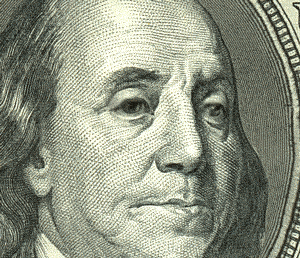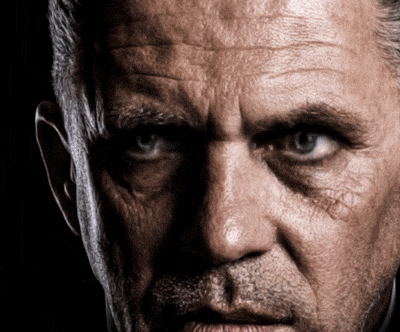




Eye Gaze Warping
These are still images, plus DeepWarp eye retargeting and some depth trickery.
There’s a lot of things that come to mind every time I see a project like this: The Treachery of Images; the flowering of a new era of computationally-aided art; how image enhancement will soon let us make bigger, sharper neural-network outputs.
Photography isn’t truth: the image is not the thing. From the very beginning, composition and photomontage made photos less-than-totally-reliable, but the degree to which they can be altered today makes chain-of-custody more important than ever.
(For that matter, photorealism is not reality. The images we accept as “real” are different for different cultures and contexts: a film without cuts appears dreamlike and unreal.)
But that’s the very ability that lets us create images that are more-real-than-real, to express things artistically that artists could previously only do with great labor, if at all. While there are still technical and economic barriers to making these tools widely accessible, it’s a lot more accessible than, say, a Renaissance artist who had to employ an entire studio of assistants and cater solely to patrons who could afford it.
And, of course, the blurriness that limits how far this technique can currently be pushed will be alleviated as new deep learning research continues.
